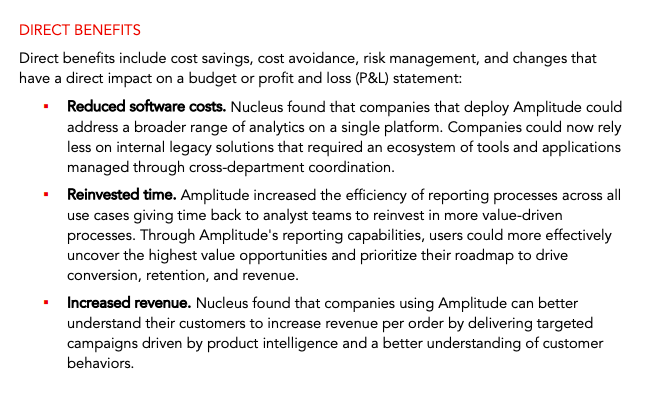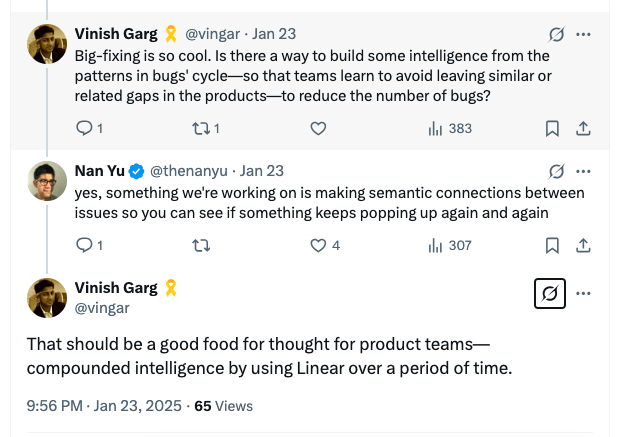I have been thinking of writing this post for a while—a topic that is knocking in my mind when I see some discussions in our communities, social media, and sometimes at work.
When organizations use modern tools for their operations, planning, designing campaigns, system mapping, or workflow, or communication, they often measure it by efficiency, for the speed in operations, hours saved, standardization and clarity among the teams and their people, and so on.
For example Slack’s success story for Intuit, or Asana’s success story with Spotify, JIRA’s success story with Klarna, Figma’s success story with Uber, and many more. In the early years of my work, I saw Microsoft SharePoint, Alfresco, Basecamp (still going so strong), and a few more. In another category of tools, we see Hubspot (product marketing), Segment (CDP), and Amplitude, and organizations worldwide have been using these for their specific goals.
The tools for our need for collaboration, alignment, and team communication have been around us for many years now. But I am not sure how far these tools help the teams build their product capabilities—the intelligence, judgement, and thoughtfulness that product teams need in the products.
For example if I am having a questionable experience in a product whether in using the dashboard, or internal search, or building campaigns, or lists—I might have struggled in the same use case, and for the same reason if they had not used Figma or Slack or Jira or Miro. There can be exceptions but I suspect they will be rare—by and large, almost none of the tools in modern tech stack build the product sense and product capability of the teams.
Depending on the tool’s core value to the team, this intelligence could be the domain intelligence, the product intelligence, market intelligence, data intelligence, customer intelligence, engineering intelligence, design intelligence, or a combination of these. There is an opportunity to build the product sense capability in the teams—as a possible extension of their current promises.
While finding some products in the product intelligence category, I found Cortext and they talk about building engineering intelligence (see embedded demo here). I have not seen it working but they might be doing it for specific business scenarios. Also, I assume that at least a few teams build their capabilities based on the insights in Cortext.
Take another example, of Amplitude. Again some teams might be building their intelligence on top of the Amplitude dashboards but this is their own proactiveness, incentive, and culture—Amplitude is not really selling the product on that value.
Building intelligence capability
What I am particularly looking for are the patterns that emerge in the interactions, the insights, and the signals and system behavior when we use any of these tools over time. (For the moment, I am talking about AI-less intelligence. We shall have a quick look at the AI-powered intelligence some other day.)
For example about the ROI of using Miro, we see references such as product analysis or the business value and ROI. These are good facilitators, enablers, or the revenue levers for the organizations. When I saw the Amplitude ROI Guide, it talks about the direct benefits as below.

This is an opportunity oversight in my opinion, and I have been trying to build some conversations in this directions, recently.
For example Linear is one such team who are thoughtful, design-centric (their interaction design practices show it), visionary, and they speak about products for the right value metrics. In one of my tweets, I talked about building product intelligence capabilities in Linear on top of their current product stories.

On another day, I spoke to a product leader who have an AI powered design audit tool. UX is so subjective to evaluate by AI, and so when I first heard of them, I was a bit apprehensive about how the tool might work. When we had a demo, I saw the promise—a comprehensive report on usability, interactions logic, inaccuracy in message, and I anticipate them doing well in this category.
In my next discussions with them, I brought up how they can identify the patterns and connect the dots to build product intelligence, as an extension of their core positioning. It really interests me when teams think big and broad, beyond the boundaries of enablement and empowerment.
Products are not hard (my comment in a LinkedIn post by Itamar Gilad).
Building a business is hard. Team products should build product intelligence capability for the users, it may not make building businesses easier but it gives a lot of confidence to the leaders—right confidence at the right time is what they often need.
